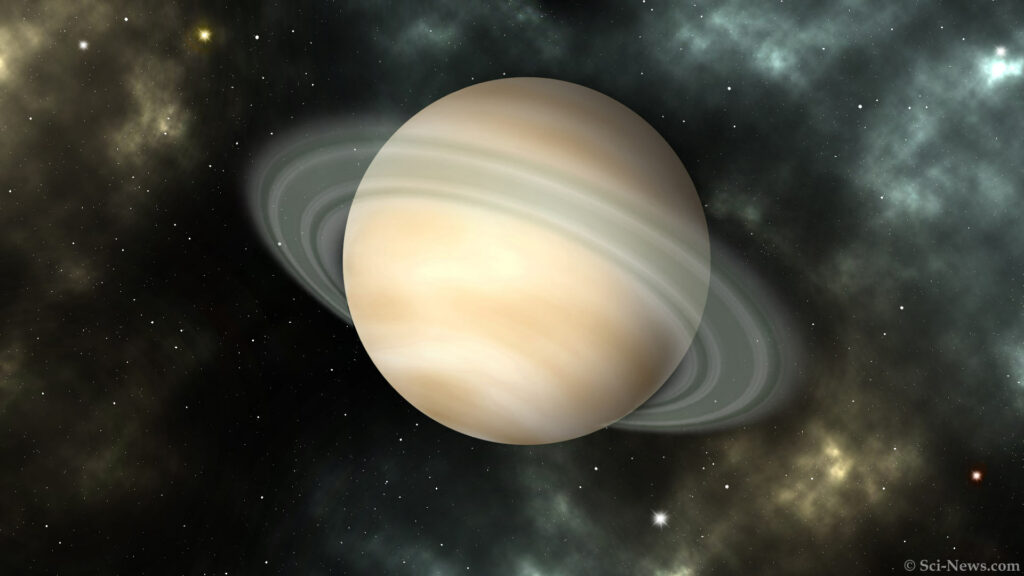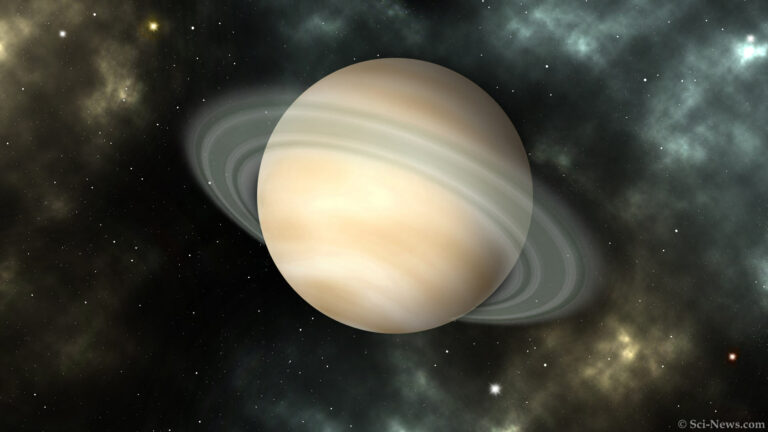Researchers Replicate Alien Atmospheric Hazes in Laboratory Setting
The scientific mission of the NASA/ESA/CSA James Webb Space Telescope is underway, encompassing the atmospheric characterization of transiting exoplanets. Among the initial exoplanets observed by Webb are those with temperatures below 1,000 K (727 degrees Celsius or 1,340 degrees Fahrenheit), a range conducive to the formation of atmospheric hazes. Understanding the optical properties of these hazes, crucial for interpreting exoplanet observations, has been challenging due to the absence of relevant experimental data. However, Johns Hopkins University astronomer Chao He and collaborators have successfully measured the density and optical properties of organic haze analogs produced in experiments simulating water-rich exoplanet atmospheres. These findings provide valuable tools for studying the atmospheric chemistry of exoplanets, aiding scientists in modeling the formation and evolution of water exoplanets.

Johns Hopkins University astronomer Sarah Hörst emphasized the challenge of comprehensively modeling various planet types, particularly those abundant in water, to address the overarching question of life beyond the Solar System. The lack of extensive laboratory data poses a hurdle, prompting researchers to leverage advanced lab techniques to enhance the interpretation of data gathered by sophisticated telescopes.
The presence of hazes or particles in a planet’s atmosphere significantly impacts global temperatures, incoming starlight levels, and other factors influencing biological activity. Dr. He, Dr. Hörst, and their collaborators conducted experiments within a specially designed chamber in their lab, marking the pioneering determination of haze formation in water planets beyond the Solar System.
Haze, composed of solid particles suspended in gas, alters the interaction of light with the atmospheric gas. The varying types and levels of haze influence the dispersion of particles in the atmosphere, complicating observations of distant planets and challenging scientists’ ability to detect atmospheric chemistry and molecular features.
While water is a key factor in assessing a planet’s habitability, the experiments and modeling by Dr. He and Dr. Hörst suggest that these water-rich exoplanets likely also contain haze. This haze introduces complexity to observations, obscuring the view of an exoplanet’s atmospheric conditions.
Telescopes play a vital role in studying exoplanets by analyzing how light traverses their atmospheres, identifying the absorption of different wavelengths by atmospheric gases. Distorted observations can lead to inaccuracies in quantifying essential substances in the air, such as water and methane, as well as the types and levels of particles in the atmosphere.
The authors conducted experiments with two gas mixtures, including water vapor and other compounds presumed common in exoplanets, exposed to ultraviolet light to simulate the star-induced chemical reactions producing haze particles. The resulting data, more accurately matching the chemical signatures of the exoplanet Gliese 1214b than previous research, highlights the impact of hazes with different optical properties on the interpretation of a planet’s atmosphere.
Dr. Hörst emphasized the diverse atmospheric chemistries found in over 5,000 confirmed exoplanets, underscoring the uniqueness of alien atmospheres compared to those in our Solar System.
The team’s paper was published in the journal Nature Astronomy.
Do not forget to share your opinion with us to provide you with the best posts !





0 Comments